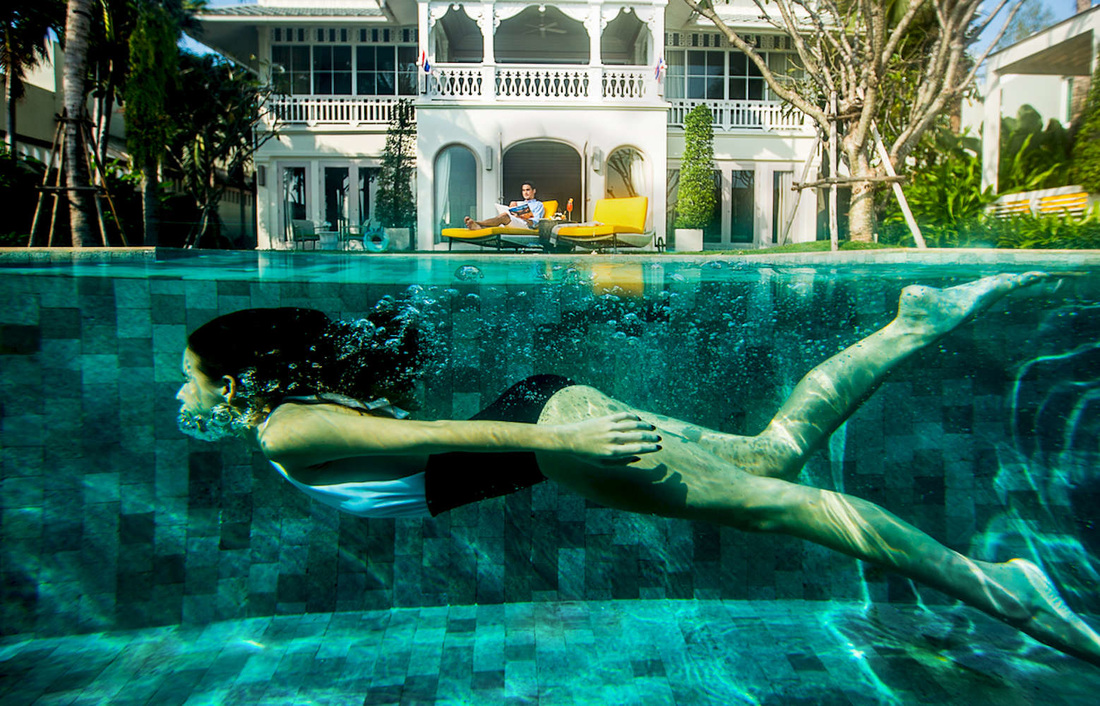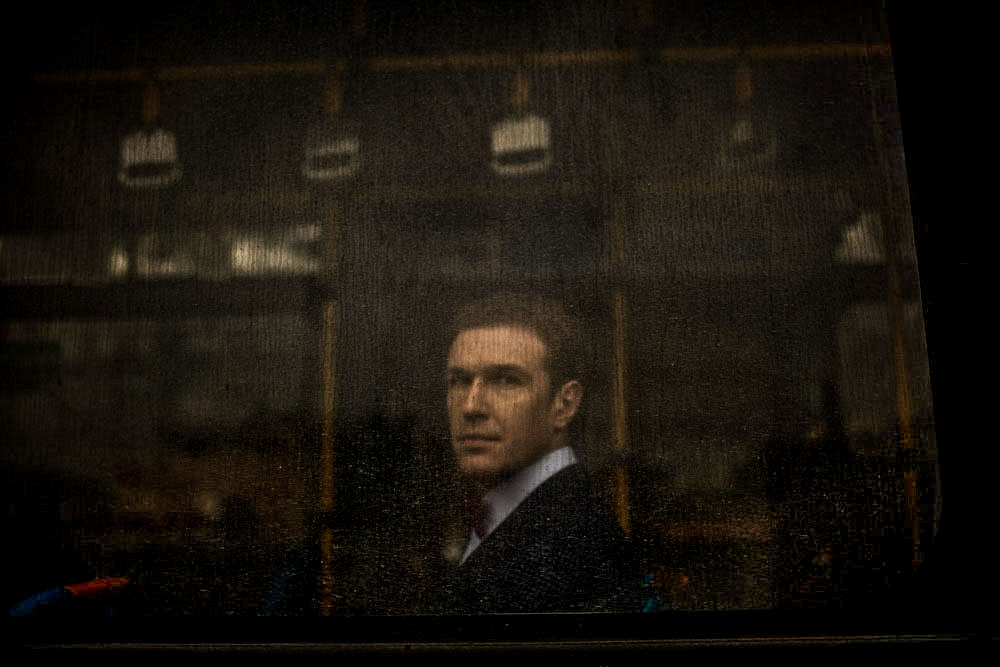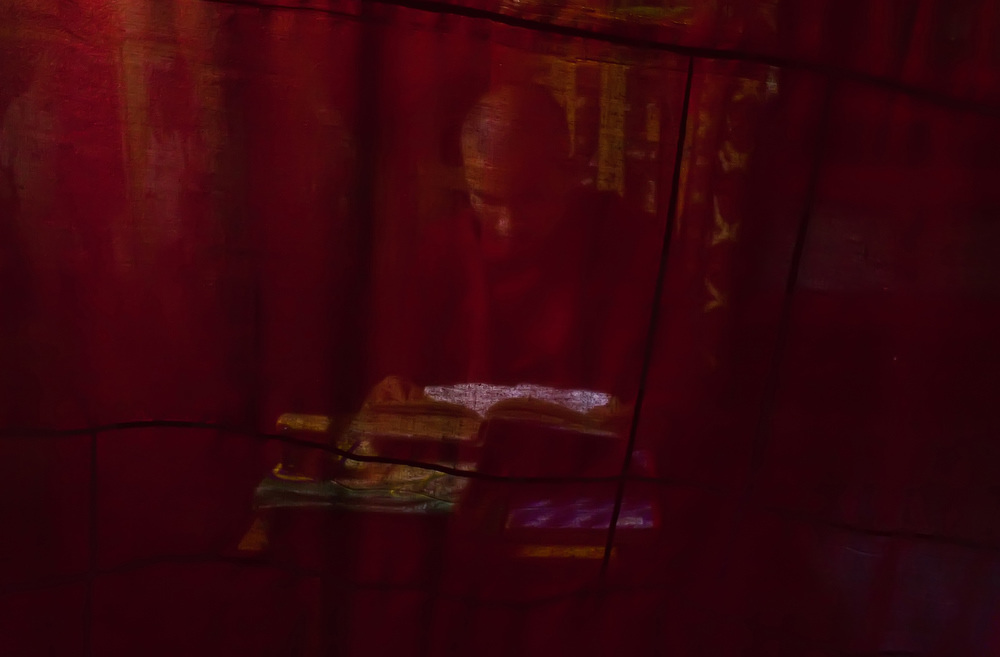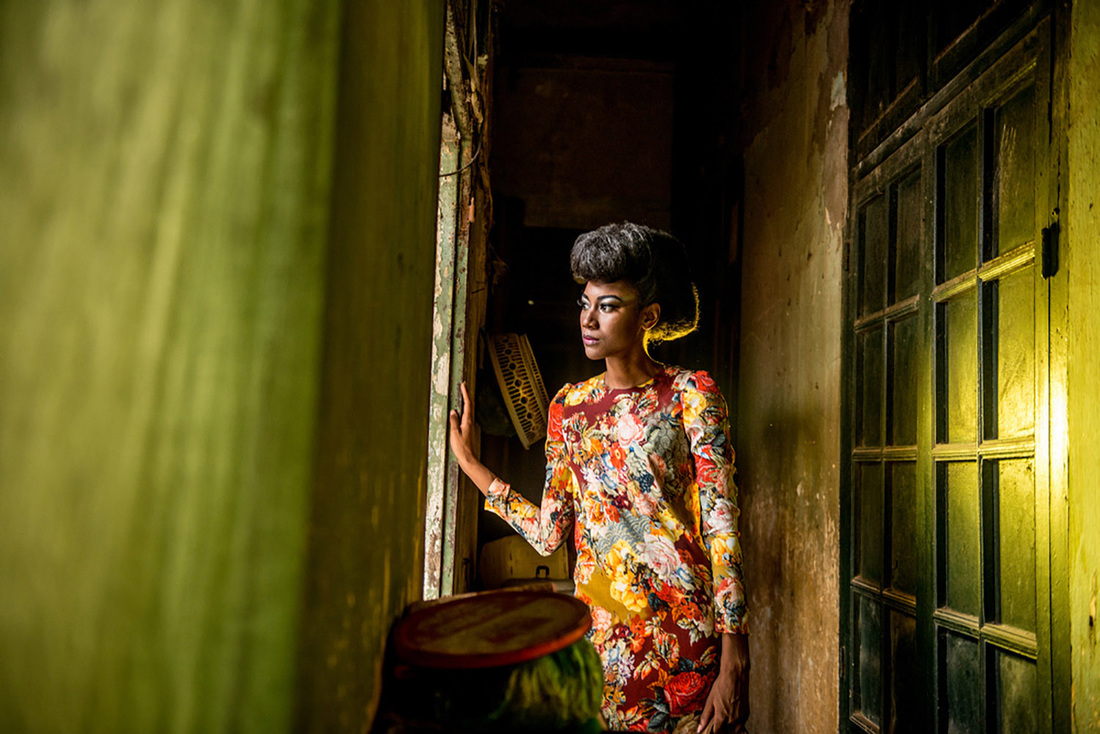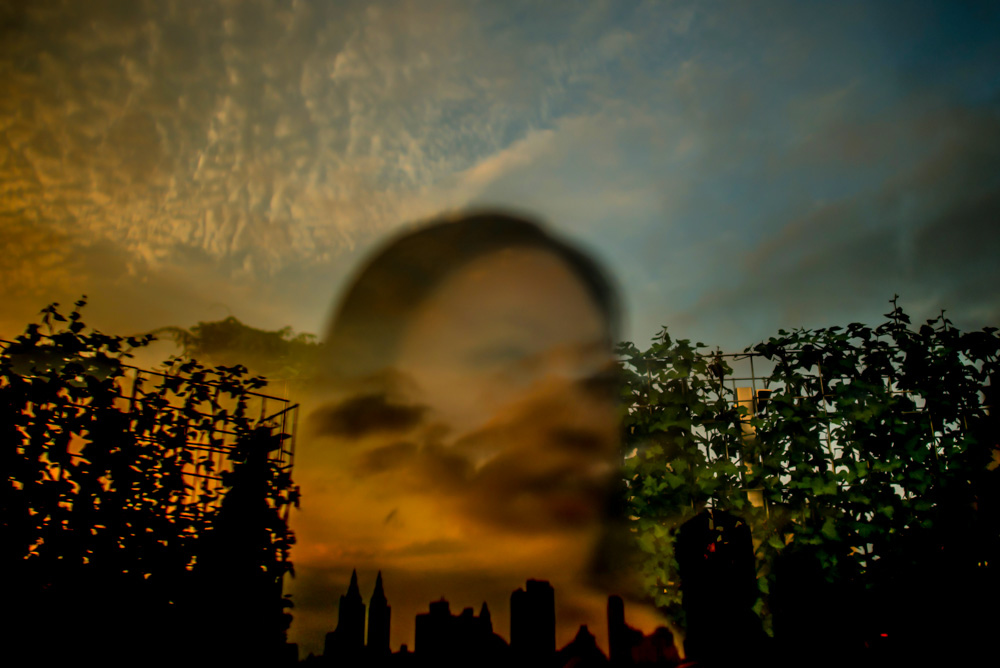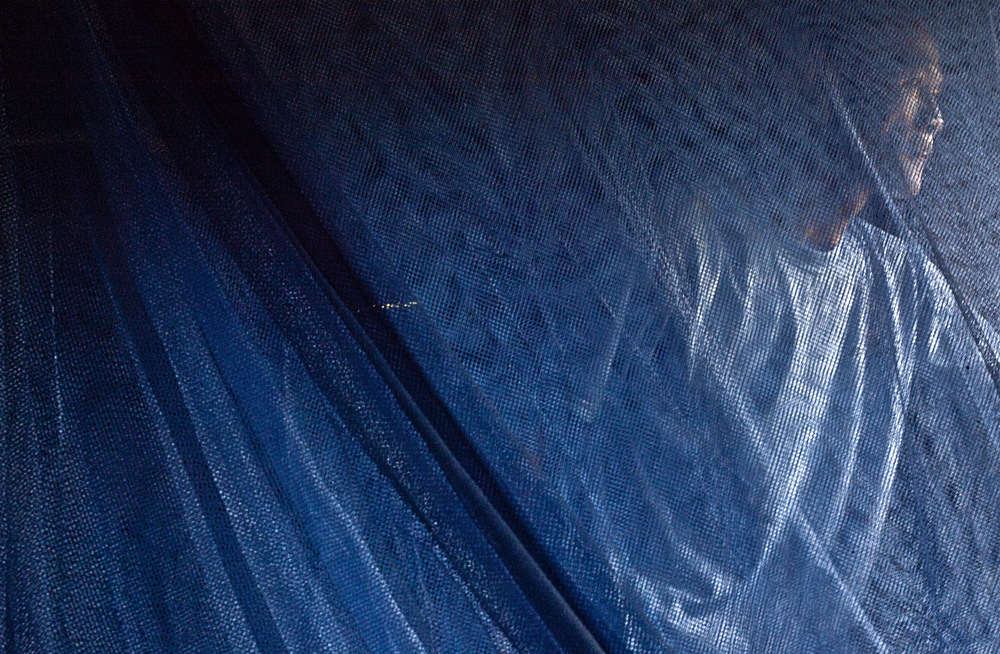|
TIME, The Wall Street Journal, CNN and The Guardian learned long ago just how capable Justin Mott is. The award-winning photographer has a wealth of experience with press editors and on commission for organizations such as the United Nations, The Bill and Melinda Gates Foundation and well, the United States Government. It is a wonder why it took the History Channel so long to understand that Mott is the perfect resident photographer for their reality series Photo Face-Off (PFO). With editors begging for his work and massive commercial contracts on his plate, it is doubtful that Mott gets any sleep. Compounded by his booming wedding business and continuing stint on the "small screen" with PFO, Justin and his Mott Visuals team are cultivating the resume necessary to become a household name. I connected with Justin to talk about competition, camaraderie and his career just as Season Two of Photo Face-Off is set to premiere. Photo Face-Off is the only competitive reality series with photography at its core. How does the show reflect or relate to the current climate of professional photography? To win in PFO you have to be a well rounded photographer and to make a living in photography these days you really have to be versatile. How have you changed as a photographer since becoming Photo Face-Off's resident pro? I definitely haven’t changed my style or who I am, but the show has reminded me how much I love the communal sharing part of photography. PFO has connected me with so many photography enthusiasts and I love talking and sharing ideas about photography. As a professional I moved away from that and the show has brought me back. In fact, I’m starting a whole website dedicated to photography tips so stay tuned. One catch phrase for Season Two of Photo Face-Off is, “Anything for the shot.” Can you think of a specific instance in your career that exemplifies this philosophy? Is the shot the only thing that matters? This is tricky because every situation is different. When it comes to tragedy or a sensitive topic, I try to find that balance of getting the shot and being graceful and respectful. I want to earn the space between myself and my subject. There are moments of PFO that are relaxed, even jovial amongst the competitors. Competition aside, how does the show promote the larger photographic community? I think when people see me lose it makes them more confident in their skills and, for them, it closes the gap between professional and amateur. What I love about the show is that it sparks a debate on what makes a good photograph. An audience will have an entirely different view on which photos should win and why. I love that dialog on and off the show. Since the beginning of your career you have been heavily involved in photojournalism, meeting hundreds of deadlines for editors at the New York Times, Newsweek and the International Herald Tribune. You continue to prove on Photo Face-off that you work well under pressure. How does a timeline influence a photographer’s final product? I love the pressure. It makes me feel alive as a photographer. PFO challenges are exaggerated circumstances but not too far off from some assignments. I’ve had 10 minutes with a billionaire CEO and I had to produce something special. What I do is get something safe out of the way but always leave some time to try something special. Editorial, travel, commercial, wedding. You shoot it all yet maintain a consistent style in all of your work. Can you elaborate on your process in maintaining focus for your brand? Do you feel that your style continues to evolve as your brand continues to gain steam? I’m really proud that my style of photography is consistent across all my brands. My roots as a photographer are in documentary and photojournalism and that’s where I learned to be a storyteller. I’ve brought that style to the commercial market and I like to think we offer our clients a unique vision and product. With an increasing list of high profile clients, how do you balance a client’s expectations with your personal style and aesthetic? For every client it’s a hard balance, but if you communicate properly before the shoot it can be truly special. I am extremely proud of the visual mood we’ve created with clients such as Intercontinental Resorts because it was a collaborative process. Sometimes clients want something brand new and sometimes they want something more safe. For every shoot it’s all about communication. Even when a client wants to play it safe, I still try to sneak in a couple more artistic shots as options and sell them on it later. If photography is a tool to help shape human perception, how is Mott Visuals molding the way we see things? I’m always trying to come up with new ideas in my work, not just in my style but in what I deliver to a client. Something we are doing now which is really catching on is additional to our traditional photography shoots. I’m doing “Social Media” shoots. These are typically two days of shooting only with a camera phone and only toning with Instagram. I shoot everything from the perspective of a guest and it’s more about the experience then it is about room shoot and the resort features. You are faithfully involved with Asia’s Canon PhotoMarathons, meet with fellow photographers and have a slew of shooters under your wing at Mott Visuals. Why do you feel it is important to nurture other photographers who could one day be your competitors? I feel competitions brings out the best in me. My closest friends are photographers in the same market and without them pushing me, I probably wouldn’t have grown as much as a photographer. I also believe in sharing business ideas because no one did that for me when I was a young photographer. You once stated that shooting a good picture is akin to solving a problem or a puzzle. Speak to the importance of perseverance and grit in photography. Every single assignment and every image is a puzzle you have to figure out. Where is your light source? Where do you want your subject? Where should you be? What lens? There are so many factors to a great image but i love that challenge of figuring it out and when I finally do... I absolutely love that feeling. I know a lot of photographers who walk into an assignment, get their “go to” shot and then just leave. I like to push myself beyond that. I like to think, "What am I missing? How can I do this differently?" If art is theft, as Picasso once said, who have you stolen from? I don’t steal, I borrow. James Nachtwey. If you could travel in time to give yourself, the amateur photographer, three pieces of advice, what would you say? Learn the business side of photography right away. Get on Instagram early. Use Rogaine. Ernst Haas claimed that, “There is only you and your camera. The limitations in your photography are in yourself, for what we see is what we are.” What are your limitations? Time is my biggest limitation, I want to explore and photograph everything but I still have to run my business and set aside time for my personal life. Check out some of Mott's stunning work below or watch Justin face the competition each Tuesday (10PM SIN/HK) only on History. All images © Justin Mott and are used with permission.
|
TABO PHOTO
Blog Categories
All
|

